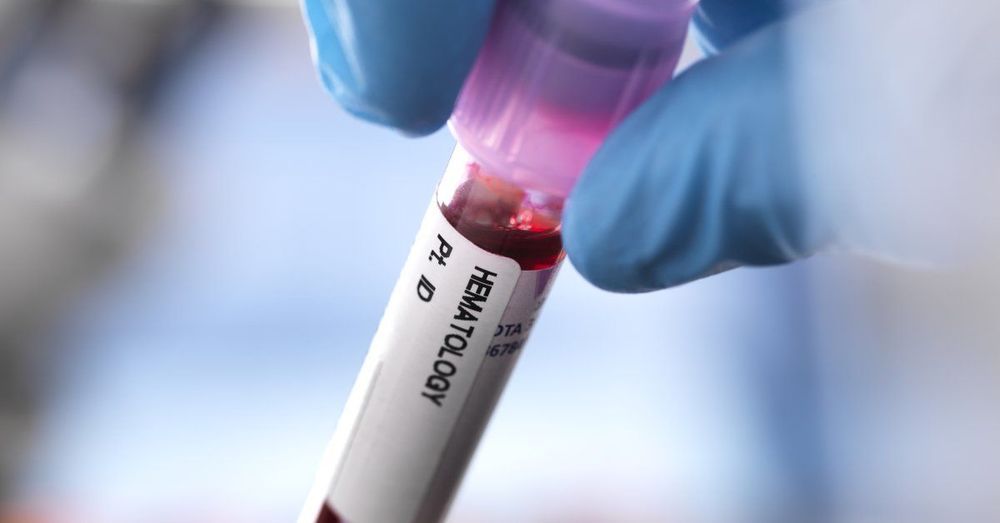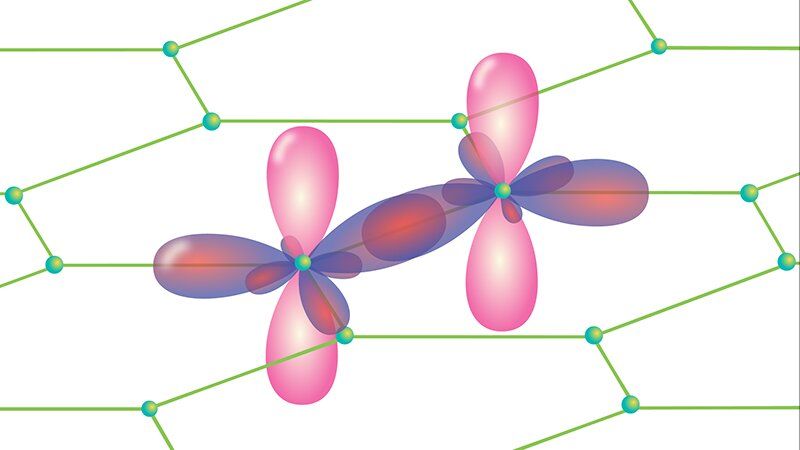Sep 30, 2019
The future of chips: SMART announces successful way to manufacture novel integrated silicon III-V chips
Posted by Saúl Morales Rodriguéz in categories: chemistry, computing, internet
The Singapore-MIT Alliance for Research and Technology (SMART), MIT’s Research Enterprise in Singapore, has announced the successful development of a commercially viable way to manufacture integrated Silicon III-V Chips with high-performance III-V devices inserted into their design.
In most devices today, silicon-based CMOS chips are used for computing, but they are not efficient for illumination and communications, resulting in low efficiency and heat generation. This is why current 5G mobile devices on the market get very hot upon use and would shut down after a short time.
This is where III-V semiconductors are valuable. III-V chips are made from elements in the 3rd and 5th columns of the elemental periodic table such as Gallium Nitride (GaN) and Indium Gallium Arsenide (InGaAs). Due to their unique properties, they are exceptionally well suited for optoelectronics (LEDs) and communications (5G etc) — boosting efficiency substantially.

















